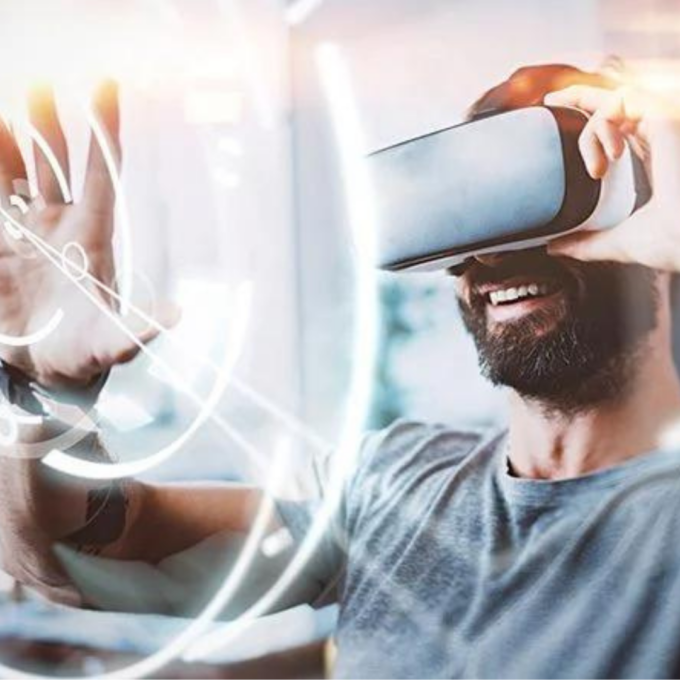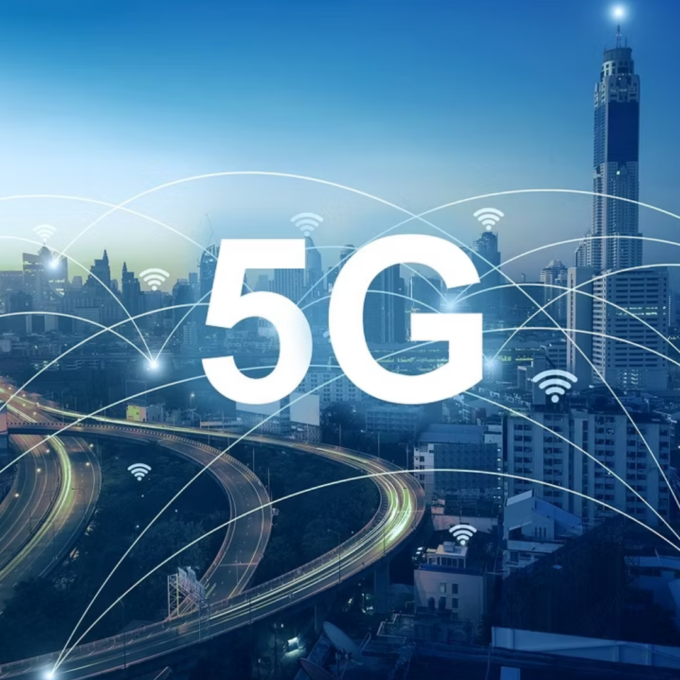1. Don’t lock yourself in
Above all, strategies for the emergent industrial metaverse must focus on the interoperability and openness of digital solutions. These are the basic prerequisites for the technologies of the industrial metaverse, just as they are essential to successful digitalization today. As the report points out: when companies try to lock others out, they only succeed in locking themselves in.
Organizations should, therefore, pursue a modular approach to building or procuring the components of the industrial metaverse. Siemens recognizes the need to develop solutions that integrate seamlessly with one another, including with solutions from other suppliers, which is why it will be essential to establish common standards for digital interoperability and open APIs.
There is a German expression that sums up the inherent importance of this approach. Translated into English, it approximates to: “The way is the goal.” CEOs should ensure the way their organizations move forward is defined by openness and interoperability to avoid creating silos and to maximize future flexibility to adapt with the industrial metaverse as it takes shape.
2. Define objectives clearly
Organizations will need a clear digitalization strategy. This might involve investing in edge hardware, industrial 5G networks, digital simulation technologies, and AI and machine learning. Building these resources now will benefit businesses today and in the future.
Those investments need to be part of a path towards the achievement of clear goals. CEOs need to be certain in their own minds about the value proposition and use cases for the industrial metaverse. Defining clear objectives (such as minimizing waste or accelerating product development) can help distinguish between the inevitable hype that surrounds new and innovative platforms and real value-generating applications.
3. Empower people to build the industrial metaverse
As with any change initiative, the reaction of people affected by the emergence of the industrial metaverse will have a powerful influence on its trajectory. Recognizing that people may be fearful about losing their jobs or seeing their career prospects diminish, the report recommends an approach based on empowerment. Emphasize the opportunities that the industrial metaverse creates and upskill employees to allow them to take on new roles.
4. Build strong partnerships within inclusive ecosystems
The report’s final recommendation is to build partnerships that help unlock innovation. Ultimately, collaboration and openness need to inform every digitalization strategy. Nobody can build the industrial metaverse on their own.
This mindset informs Siemens’ own approach. The Siemens Xcelerator digital business platform, announced in July 2022, will connect developers, service providers and customers, providing solutions that are open, interoperable, flexible, and easier to scale.
It may not be surrounded by the same media buzz as in the gaming industry, but the industrial metaverse is one of the most exciting and important areas in technology development. It will revolutionize the way we work, and generate enormous value for business and societies. We are on the verge of a new era, and together we can build the metaverse that will help us connect and thrive in it.







